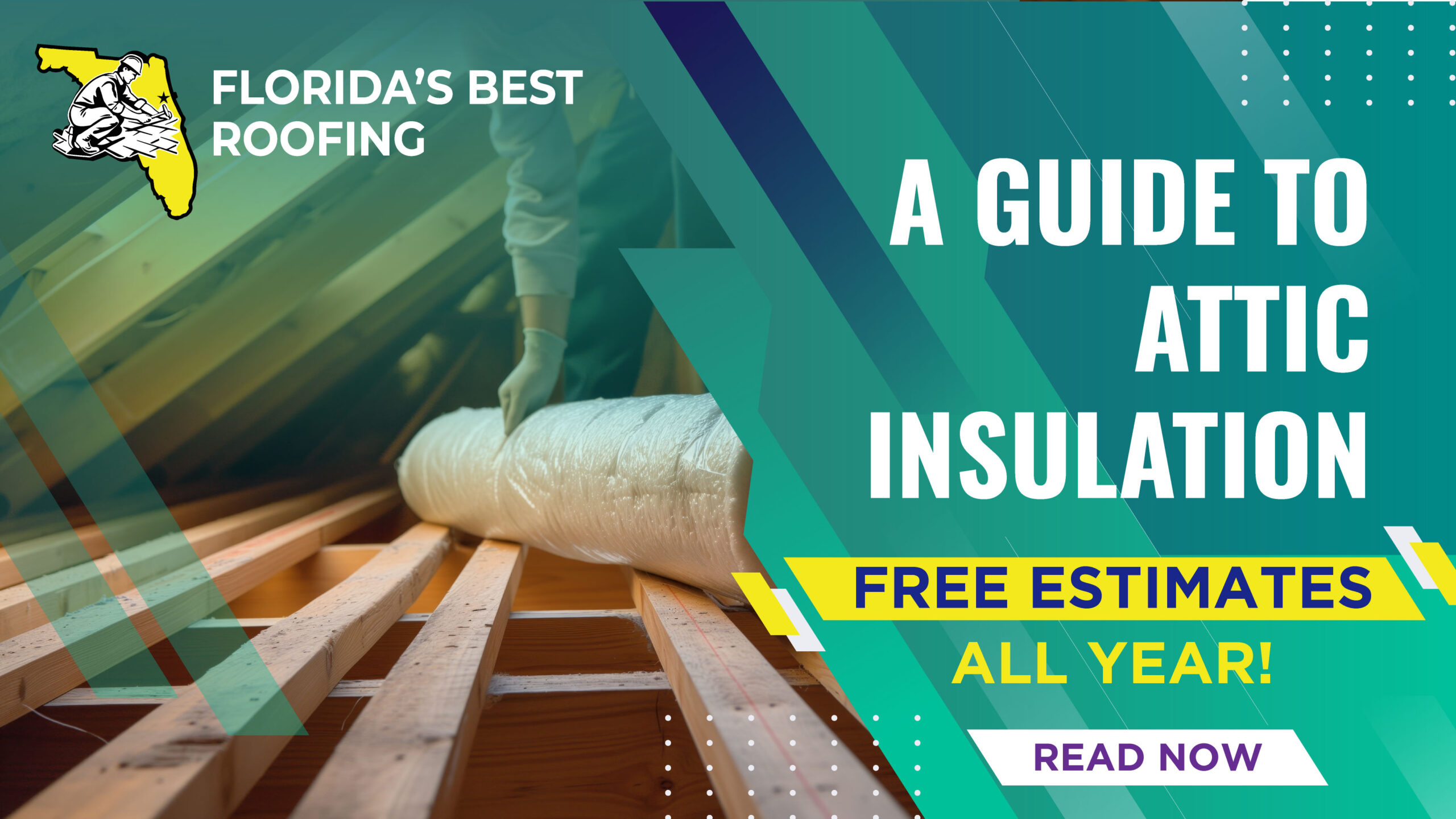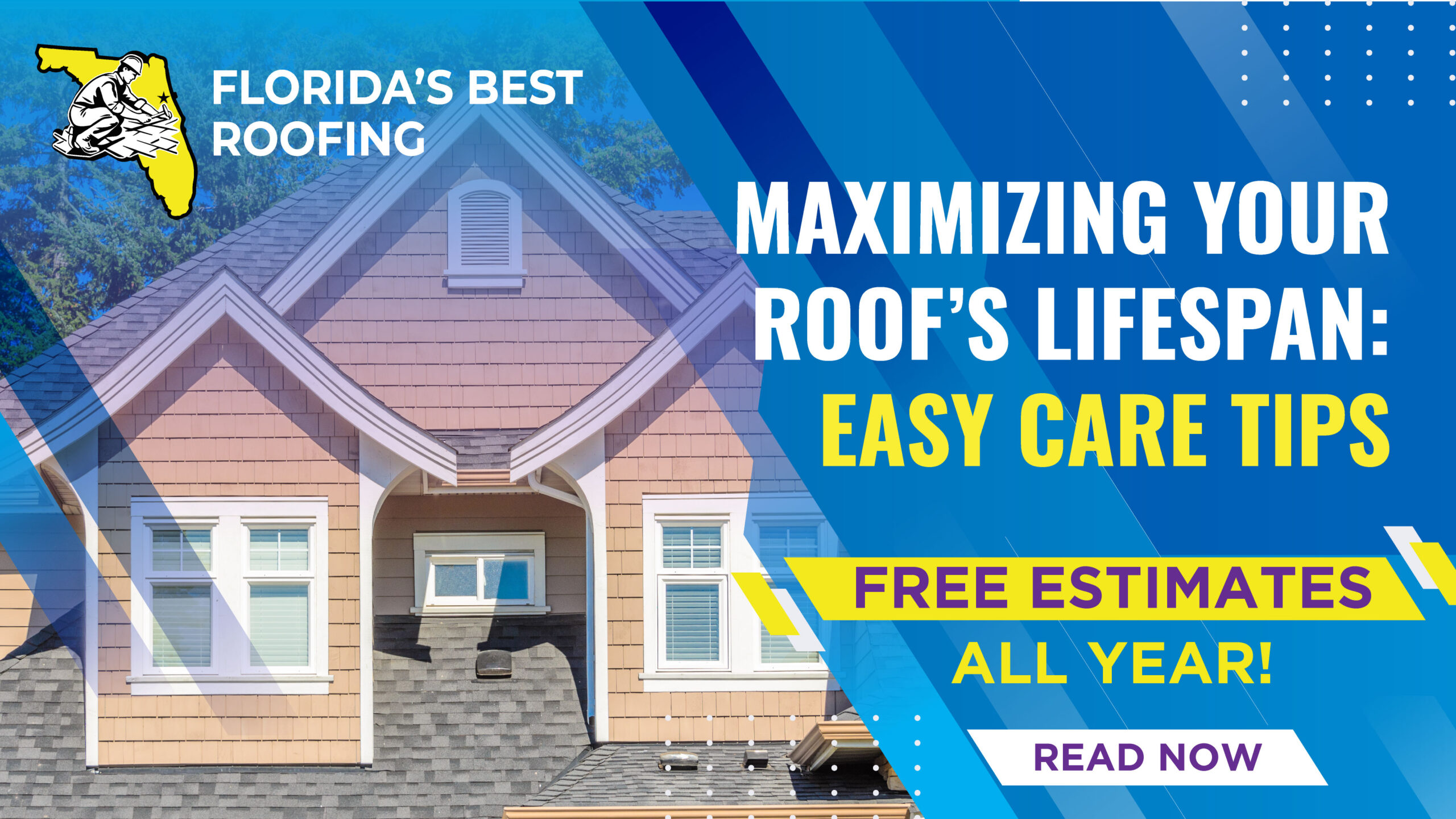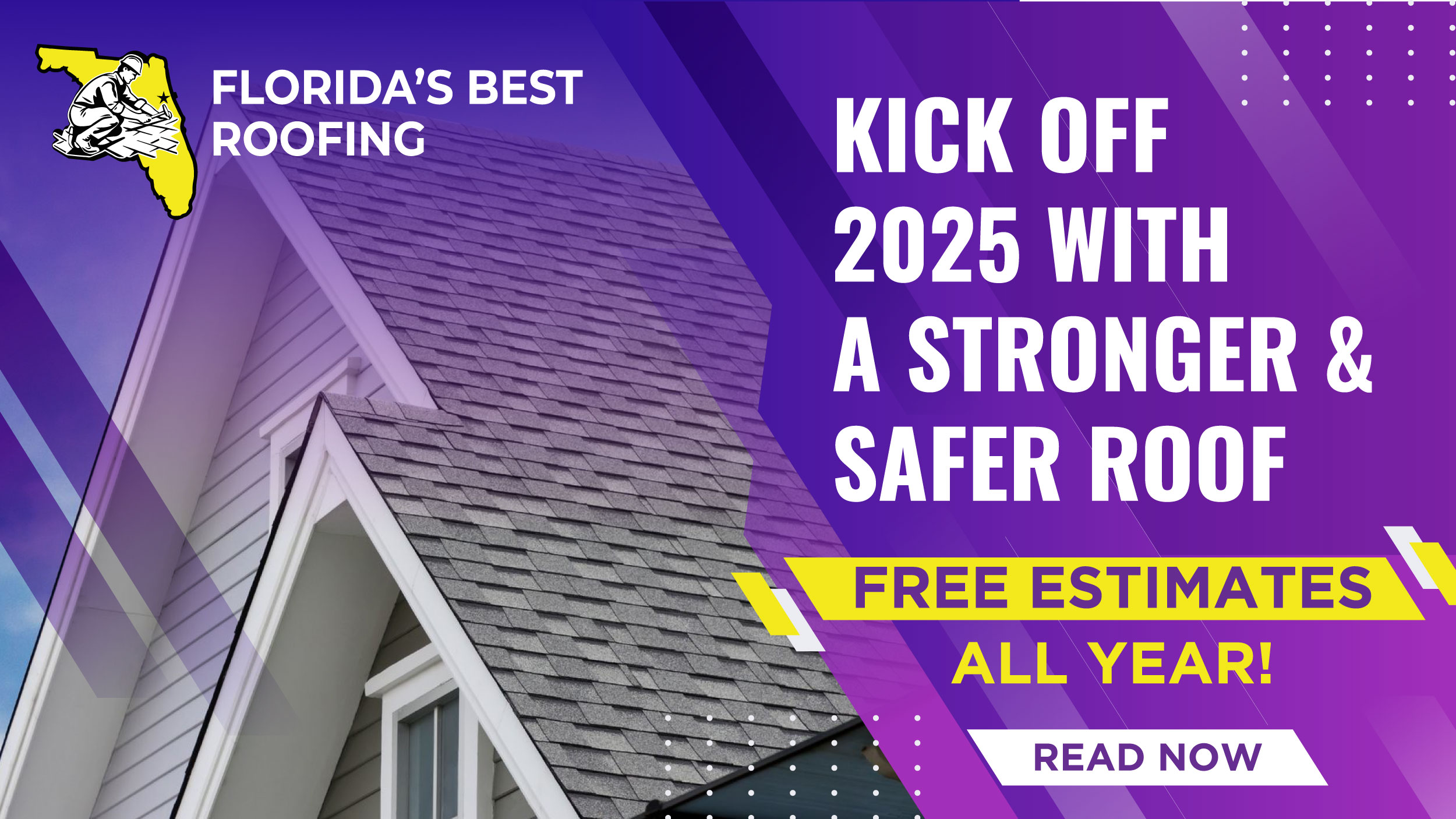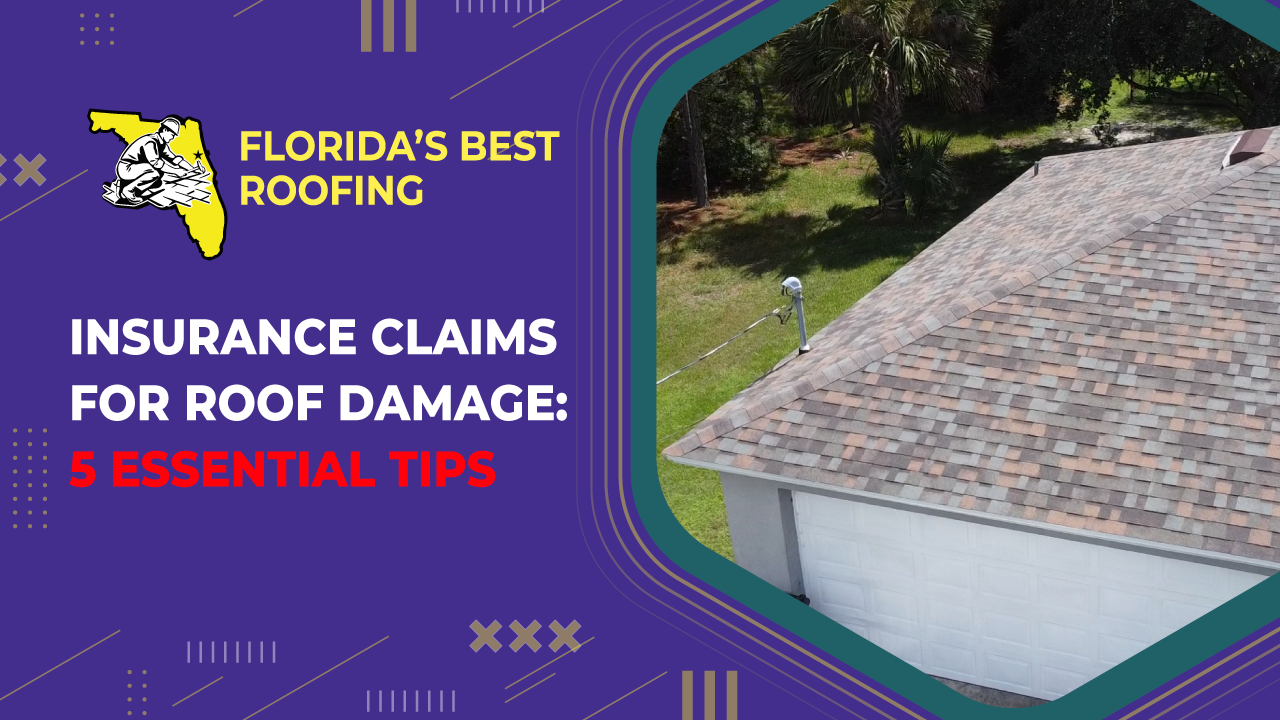Understanding Roofing Warranties: What Florida Homeowners Should Know
Investing in a new roof is one of the most important decisions a homeowner can make. To ensure your investment is well protected, it’s crucial to understand the warranties that come with your new roof. Whether you’re replacing a roof due to age, storm damage, or for added value, understanding the warranties available can help you choose the right materials and contractor with confidence.
At Florida’s Best Roofing, Inc., we proudly serve homeowners throughout Flagler, Volusia, and St. Johns Counties—including Daytona Beach, Palm Coast, and St. Augustine. In this article, we’ll break down the different types of roofing warranties and what they mean for your home.
Manufacturer’s Warranties
These warranties are issued by the manufacturer of your roofing materials—whether asphalt shingles, metal, or tile. They primarily cover defects in the roofing materials themselves.
Asphalt Shingles
As the most common roofing material in Florida, asphalt shingles are cost-effective and durable. Thanks to modern improvements, warranty coverage has increased:
- 3-Tab Shingles: Traditionally came with 15–25 year warranties, but now often include 30-year protection.
- Architectural Shingles: Higher-grade shingles typically carry 40-year or even limited lifetime warranties, translating to about 50 years of coverage.
- Premium Grades: May come with lifetime protection for the duration of the roof.
Tile and Metal Roofs
Both metal and tile roofs often include limited lifetime warranties, which remain valid as long as the original homeowner owns the house. If you sell your home, these warranties are usually transferable for a limited time, often up to 40 or 50 years.
Manufacturer warranties typically cover:
- Material defects (e.g., premature granule loss, cracking, color fading)
- Limited wind and hail protection (up to 130 mph, depending on the product)
Contractor (Workmanship) Warranties
Also known as labor warranties, these are provided by your roofing contractor and cover installation-related issues. If your roof develops a problem due to faulty workmanship, this warranty ensures the contractor will return to fix it.
- Most contractor warranties range from 3 to 10 years
- At Florida’s Best Roofing, we proudly offer a 10-year labor warranty on all roof replacements
These warranties may include:
- Cost of labor for repairs due to installation errors
- In some cases, partial material coverage for specific repairs
🔍 Important: Not all contractor warranties are the same. Always review the terms to understand exactly what is—and isn’t—covered.
Why Warranties Matter
Roof replacements in Florida aren’t just about aesthetics—they’re about protection against harsh weather, boosting home value, and long-term peace of mind. Choosing roofing materials with solid manufacturer warranties and working with a contractor who stands behind their workmanship gives you full-circle protection for your investment.
Need Expert Roofing Advice?
Florida’s Best Roofing, Inc. is a licensed and insured local roofing contractor with decades of experience serving Flagler, Volusia, and St. Johns Counties. Whether you’re in Palm Coast, Daytona Beach, or St. Augustine, we’re here to help.
📞 Call us today at 386-263-7906 for a free, no-obligation estimate and expert guidance on your next roofing project.
#RoofWarranties #FloridaRoofing #RoofReplacement #DaytonaBeachRoofing #PalmCoastRoofing #StAugustineRoofing #RoofingTips #RoofRepairFlorida #HomeProtection












